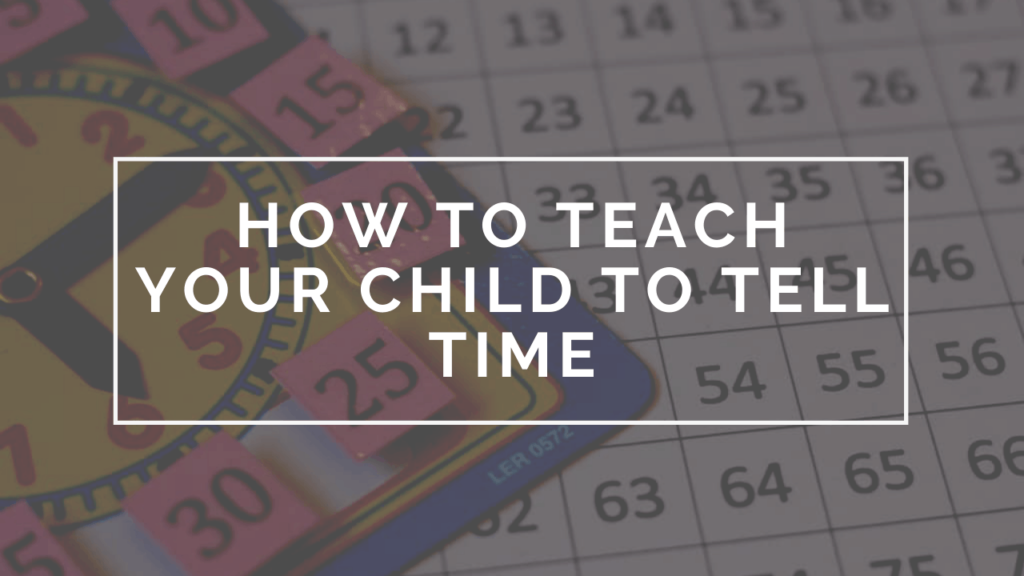Studies have shown that as many as one in seven adults can’t tell time on a traditional analogue clock. Indeed, our team has found that many new students arrive in lessons unable to tell time as they never had a chance to learn properly.
Although many schools teach time, it is often only covered in Key Stage 1 classes and only for a short period of time meaning many students never get the chance to fully grasp the concept. We recommend that you check whether your child can tell time with an analogue clock and, if not, follow the simple steps set out in our videos below.
Preparing to Teach Your Child to Tell Time
If you’d prefer to read rather than watch, follow our steps below.
1. Make sure your child can count in tens up to 100.
2. Colour in a number square so that the numbers ending in 5 are in one colour, and the numbers ending in 0 are in another. Use this square to practise counting in fives with your child.
3. Provide number cards so your child can practise putting the multiples of five in order.
Once your child can confidently count in fives, you can go on to practise time with a cardboard clock.
How to Teach Your Child to Tell Time
1. Start giving your child a sense of time by discussing time in everyday life, e.g. school starts around 9 o’clock and finishes just after 3 o’clock.
2. Begin by reading o’clock times and putting them on the clock. Talk about which is the hour hand and which is the minute hand. Make sure that your child knows that the minute hand must be at 12 at o’clock times.
3. Ask your child to put the multiples of 5 around a clock in the appropriate positions. Allow them to do this until they can do so confidently.
4. Discuss the positions of the 15, 30, 45 and 60. Encourage your child to use these to help them to put the other numbers on the clock.
5. Start reading the times out loud in the “minutes past” format. Do not talk about “minutes to” or “half past”, “quarter past” or “quarter to” at this point. This comes much later.
6. Practise writing times in digital form at the bottom of the clock.
7. Play with the multiples of 5 so that your child can begin to memorise their positions; hide some of the numbers or give them to your child at random to put on the clock.
8. Practise reading times with fewer and fewer numbers around the clock. Keep going with this until your child can tell time without having the multiples of 5 on the clock.
9. Start using worksheets to practise writing digital time and drawing hands on a clock. Click here to get our free download of clock worksheets.
If at all possible, we recommend that you practise these steps at least every other day in order for your child to progress quickly. With regular practise, you’ll find that your child can begin to tell time easily within a couple of months.
We’ve used this technique with children as young as 4 and as old as 14 and it’s never failed. If you have any questions or would like to tell us about your child’s progress, do get in touch.

